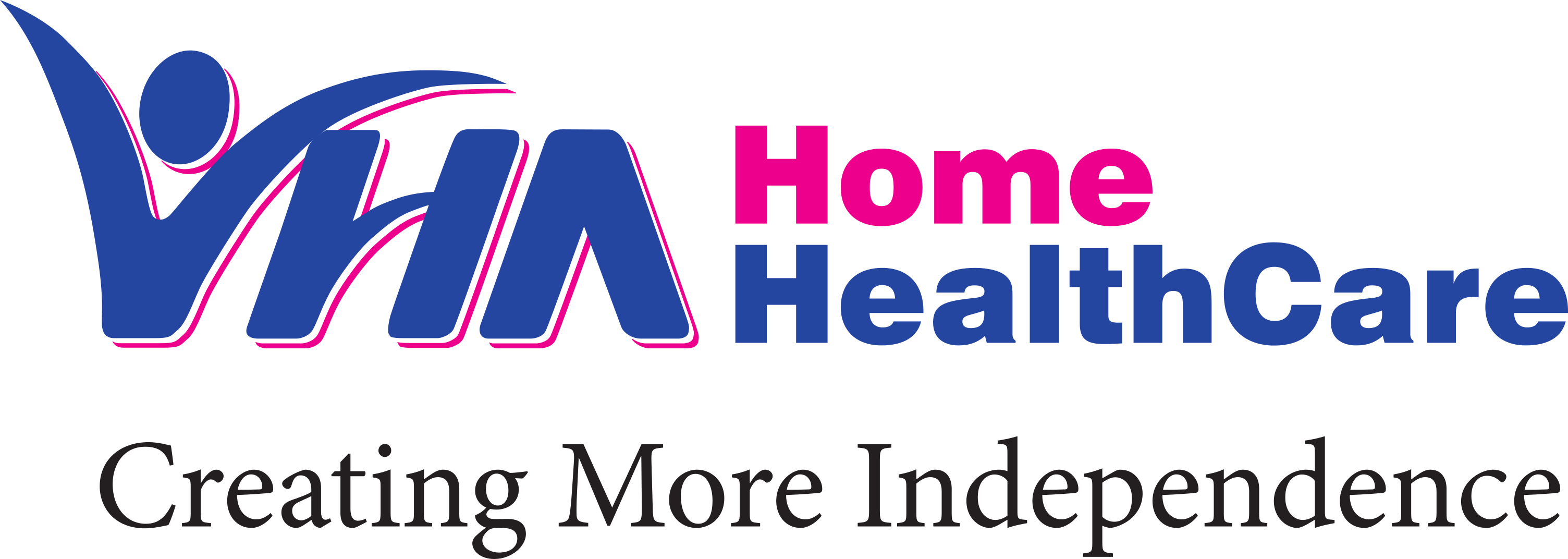How Have the COVID-19 Pandemic and Related Policies Impacted Personal Support Worker Absences?
What's the challenge?
Home care Personal Support Workers (PSWs) are essential workers who have continued to provide vital support for our clients throughout the COVID-19 pandemic. However, similar to other essential workers, rates of both short- and long-term absences have been higher than usual. This has exacerbated long-standing health human resource shortages and made it more difficult to meet clients’ needs for personal support services.
What have we done?
We are conducting statistical analyses of VHA’s administrative data to understand patterns in PSW absences through the pandemic, and to explore the impact of public health and wage enhancement policies on rates of work absences. So far, we have examined data from the first wave of the pandemic (until August 2020).
What have we learned?
Short term absences – Rates of short-term sickness absence was particularly high in the 6 weeks after public health restrictions were announced in March 2020. This was likely impacted by restrictions to limit work while symptomatic. While unplanned absence rates peaked sharply in the week immediately following the introduction of public health restrictions in March 2020 before returning to usual levels. Personal Emergency Leaves were used less frequently than usual during the first wave of the pandemic than usual.
Leaves of Absence (LOA) – Of all VHA PSWs who worked in the week before the pandemic was declared, 17.6% took a LOA at some point during the first wave. The top three reasons reported for these LOAs were childcare (31.5%), illness/injury (15.8%), and the single-site employer restriction policy (15.5%).
Our results suggest that the temporary pandemic pay had a small but significant effect on reducing LOAs, reducing the likelihood of an LOA by about 6.3%. Scheduling also had a significant impact, with PSWs scheduled to work outside of their usual geographic regions having a 2.6% greater likelihood of taking an LOA.
Additional information
- Canadian Association for Health Services and Policy Research (CAHSPR) Annual Conference presentation: The effect of COVID-19 on home care PSWs' work absence (Download PDF)
- International Health Economics Association presentation: Examining the Effect of COVID 19 Policies on Personal Support Worker (PSW) Leaves of Absence in a Canadian Home Care Setting (Download PDF)
